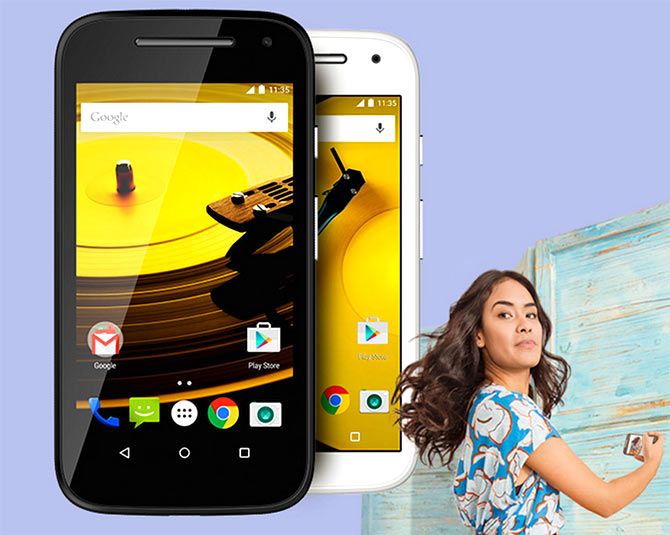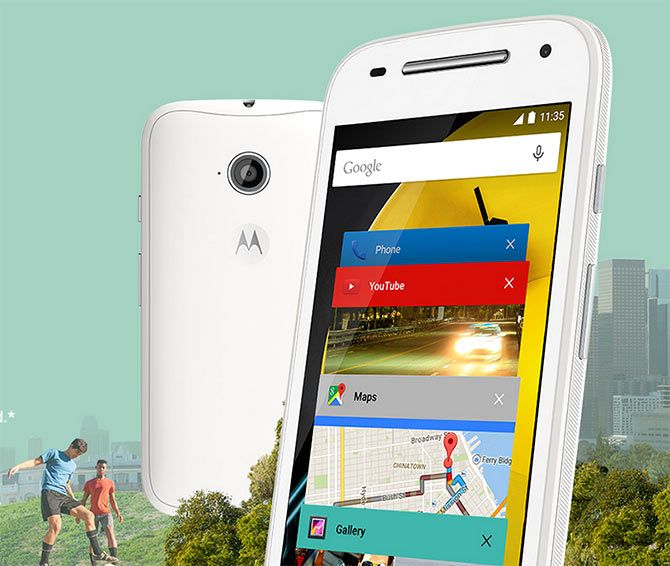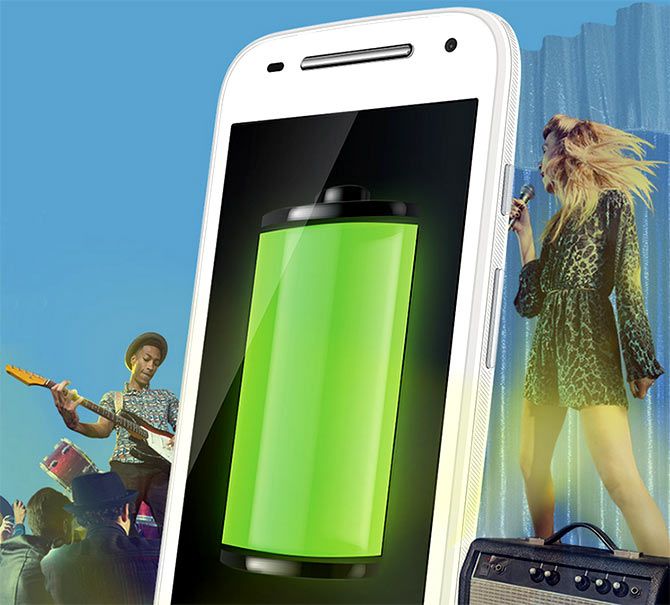The Moto E second generation that is slated for sale midnight, March 11, is a big disappointment, feels Himanshu Juneja.

Motorola's revised edition of the Moto E was unveiled at the fag end of Feburary. The phone improves on the first gen Moto E in terms of display, built in storage, and brings a bigger battery to boot as well.
The phone finally goes on sale tonight, March 11, and it will be interesting to see how the reinvented Moto E fares as the options from the other brands lay a stronger claim for the budget segment.
Sale detail
The Moto E second generation goes on sale on the midnight of March 11. As has been the norm, Flipkart will be the chosen retail partner for the sale of the phone.
Priced at Rs 6999, the impending 4G version's arrival should mean that the 3G version witnesses mediocre to medium interest among the interested masses.
3G only model for now

Motorola Moto E (2nd Generation) will be available only in the 3G version for the time being. The 4G LTE version is slated for a release in India, but the company hasn't provided any expected time of arrival for the same.
Given the fact that the 4G LTE model will be carrying a superior processor, it is bound to have a negative effect for Motorola on the whole till the impending release.
Construction
The latest edition of the Moto E retains some of the attributes from its predecessor like the curvy profile, but adds a bit of thickness and feels bigger when held. This is a neat achievement as both the phones have equal dimensions -- 129.9 x 66.8 x 12.3 mm. The new Moto E weighs 145 gms.
After choosing a white or a black device, users also get to choose interchangeable bands which comes in colour options of Red, Blue, Golden yellow, Turquoise, Raspberry and Purple. These rubber coated bands cost Rs 999 for a pack of three, bringing a refreshing look to the phone and enhancing the grip as well.
Motorola also has provided grip shells which come in colour options of Blue, Raspberry, Golden yellow, Turquoise and Charcoal.
Screen

The 2nd generation Moto E features a 4.5-inch qHD display, and a resolution of 540 x 960 pixels. The resolution matches the one on the 4.3-inch screen Moto E first generation, but users will be hard pressed to notice any difference.
Much like the earlier version, this edition too has been imparted a Corning Gorilla Glass 3 for enhanced protection.
To avoid smudging, Motorola claims to have included an anti smearing layer to the screen as well. How well that works, remains to be seen.
Processor
The 3G version boasts of a 1.2 Ghz Qualcomm 200, 32 Bit processor, assisted by Adreno 302 GPU. Giving company is 1GB RAM on board as well.
The LTE version sports a better configuration as it goes with a 1.2GHz Quadcore Qualcomm Snapdragon 410, a 64 bit processor and a 400MHz Adreno 306 GPU. The RAM is again 1GB.
Even though the 3G version is fast, there is no doubt that the 4G version's configuration is much better. Interested customers will do well to check their urge to go in for a purchase straightaway. Holding a bit may turn in better results for future.
Operating system

The phone comes installed with Android Lollipop ver 5.0 right out of the box. Backed by a capable hardware under the hood, the phone was zippy in its operation. The phone benefits from the strong points of Lollipop version and this is something the interested customers will be pleased to notice.
Moto Migrate feature assists in transferring the contacts from the old phone to the new Moto E in a smooth and easy fashion.
Once the phone is set up, users will appreciate the notification and updates right on the lock screen itself.
Taking a step further, once inside, the Moto Assist feature brings the alerts to the notice of the users efficiently.
Overall, taking the phone's segment in consideration, the OS front seems to be well equipped.
Camera
The camera department is where the expectations were high for basic improvements, and Motorola yet again failed to deliver.
The 2nd generation Motorola E is equipped with a 5 Megapixel camera at the rear, which comes with auto focus, ability to shoot HD videos, Panorama and HDR modes. There is Geo tagging feature as well. The front side now comprises of a VGA type camera.
Unfortunately, poor sensors mean that the images captured by both the cameras are below par. Front camera especially produces images which are unfit for social media website consumption, and the only hope for rear camera coming through is extremely well lit conditions.
Otherwise one should be prepared to witness lot of grains in the images. Lack of rear camera flash is going to hurt big time here.
Motorola massively overlooked the competition. Phones like Asus Zenfone 5, Lenovo A6000 etc, which provide better cameras, with even 2 Megapixel front facing camera are already available since quite sometime. Interested buyers will be happy to spend little bit extra to gain better snapper on their phones.
Storage

The new Moto E comes with increased internal storage, which stands at 8GB. Out of this, the user gets to use 4.68 GB only, which really seems insufficient. Especially when taken into account the amount of data that is out there for consumption.
Thankfully the storage capacity can be expanded up to another 32 GB via microSD card slot. This should prove good enough to bail out heavy data users.
Battery
The phone comes with a Lithium-Ion 2390 mAh battery which is promised to last all day for the users. Much like the first generation Moto E, the battery here too is a non-removable type.
Verdict
The Moto E provides a decent budget segment option to the loyalists. The upgrade seems worth it when compared with the original Moto E, however, the wait for the better 4G LTE version would be frustrating.
However, an increase in the competition means that there are other good phones available in the market which would definitely dent Moto E's prospects given the sub par camera supplied with the phone.










